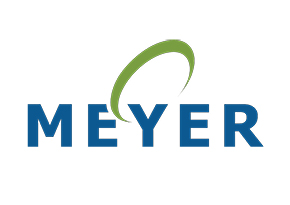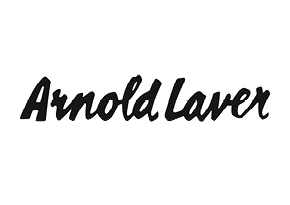Guidelines for the storage and erection of trussed rafters on site (Part 1).
In This Series

When a delivery of trussed rafters arrives on site the contractor(s) involved should be prepared and have already allocated sufficient and suitable resources to ensure the trussed rafters are unloaded safely and in a manner so as not to overstress or damage the trusses.
This information sheet gives a brief introduction to the storage and erection of trussed rafters on site for a simple house roof. Readers are advised to discuss their particular design situations with their specialist trussed rafter supplier.
Contents:
- Unloading trussed rafters
- Site storage of trussed rafters
- Erection procedure for simple domestic roofs
- Tank supports
- Do's and dont's on site
Suggested Reading
Trussed rafters
Widely used for a range of building types, trussed rafters are an economical, versatile and straightforward solution to providing a roof to a building.
Trussed rafters are individually designed prefabricated structural components made from strength-graded timber members of the same thickness, joined together with punched metal plate connectors....
11/04/2017 | Wood Information Sheet
Creating roofscapes with trussed rafters
Trussed Rafters have become part of the modern building vocabulary. Around 95% of all new house roofs are constructed using trussed rafters as are an increasing proportion of roofs for nondomestic premises such as offices, retail outlets, hospital extensions, leisure developments etc.
This product Data Sheet has been produced...
01/01/2007 | Info from other organisation
Resin repairs to timber structures. Design examples to Eurocode 5
This design guide gives a general overview of best practice guidance concerning resin repairs to timber structures.
The guide supports and complies to the principles laid out in Eurocode 5 and covers the key points of repairing tension members, beam ends and eave joints.
It only offers general...
01/01/2000 | Other Technical Guidance

















